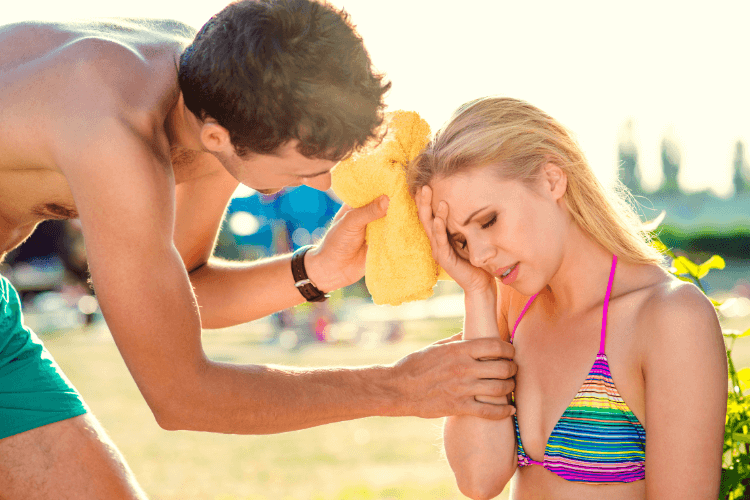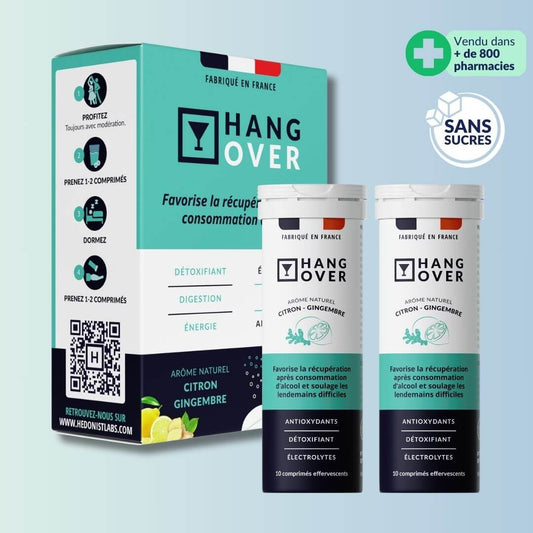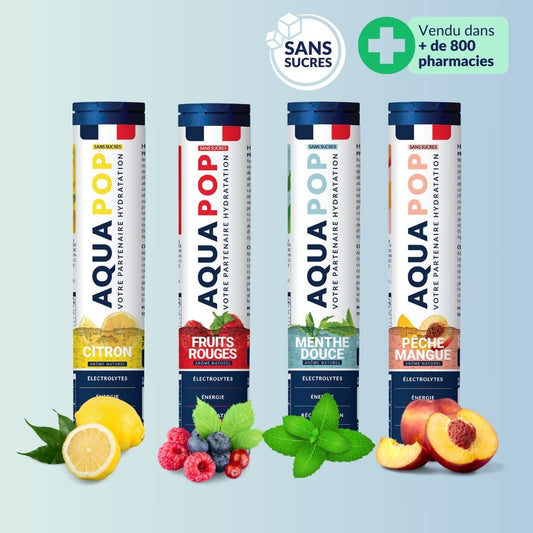Insolation on the beach: the risks and the right thing to do
Ah, the beach! The fine sand, the waves caressing the shore and the sun shining brightly. A true summer paradise... unless you take the necessary precautions to avoid sunstroke. Find out more about the risks of sunstroke and what you can do to make the most of your days at the beach.
The risks of sunstroke
Heatstroke can turn a beautiful day at the beach into a nightmare. Here's what you need to know about the risks involved:
1. Heat exhaustion
Spending too much time in the sun without adequate protection can lead to heat exhaustion. Symptoms include excessive sweating, clammy skin, dizziness and a general feeling of weakness. If these signs appear, it's crucial to find a cool place quickly and stay hydrated.
2. Heat stroke
Heat stroke is more serious than heat exhaustion. It occurs when the body can no longer regulate its internal temperature. Symptoms include a very high body temperature, hot, dry skin, headaches, nausea and impaired consciousness. In the event of heatstroke, it's imperative to seek emergency medical help.
3. Skin damage
The sun is the main cause of sunburn and can also cause long-term skin damage, such as premature aging of the skin and an increased risk of skin cancer. Prolonged unprotected exposure can make your skin red, painful and sensitive.
The right gestures and reflexes to adopt
To avoid sunstroke and enjoy the beach with peace of mind, here are a few simple but effective tips:
1. Hydrate regularly
Drinking water regularly is essential, especially in hot weather. Hydration helps regulate your body temperature and compensate for water lost through perspiration. For optimal, pleasant hydration, consider AQUAPOP. This electrolyte food supplement promotes better water absorption and maintains electrolyte balance, perfect for sunny days at the beach! (available on our website and in pharmacies)
2. Sun protection
Wearing a wide-brimmed hat, UV-protective sunglasses and light but covering clothing can go a long way towards preventing sunstroke. Don't forget to generously apply sunscreen with a high protection factor (at least SPF 30) every two hours, especially after swimming.
3. Take breaks in the shade
Between two sunbaths, take regular breaks in the shade. Whether under an umbrella, a tree or a beach tent, these moments away from the direct rays of the sun will allow your body to cool down and rest.
4. Avoid the hottest hours
UV rays are most intense between 12pm and 4pm. If possible, avoid staying on the beach during this period or limit your direct exposure to the sun. Take advantage of these hours to have lunch, read a book in the shade or take a nap.
Facts and figures to help you understand
- According to the World Health Organization (WHO)excessive exposure to the sun is the main cause of heatstroke, and can result in over 60,000 deaths worldwide every year.
- The Public Health Agency of Canada reports that frequent sunburn before the age of 20 increases the risk of developing skin cancer later in life.
- The American Association of Dermatologists recommends using a broad-spectrum sunscreen, SPF 30 or higher, to protect against harmful UVA and UVB rays.
By following these simple tips and integrating AQUAPOP into your routine, you'll be able to enjoy the beach to the full while protecting your health. Stay cool, stay hydrated, and have a carefree summer!




